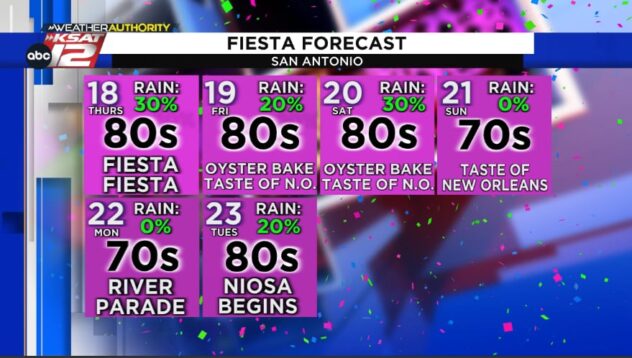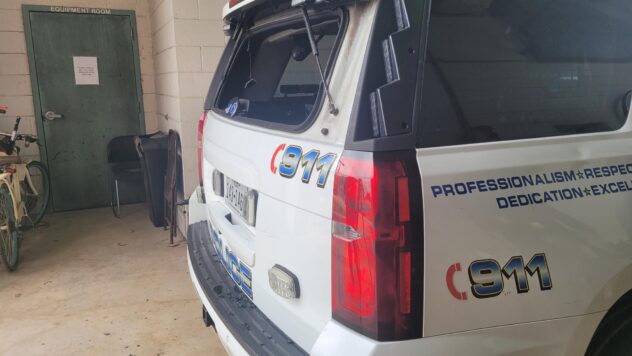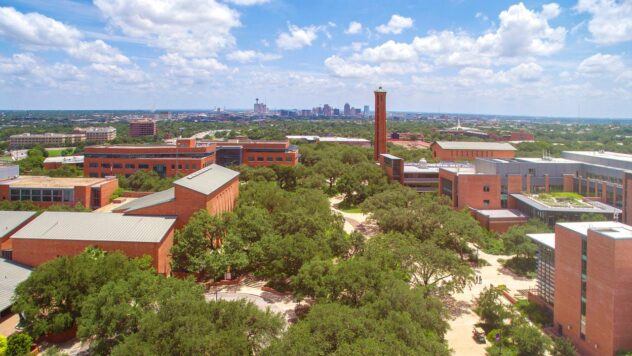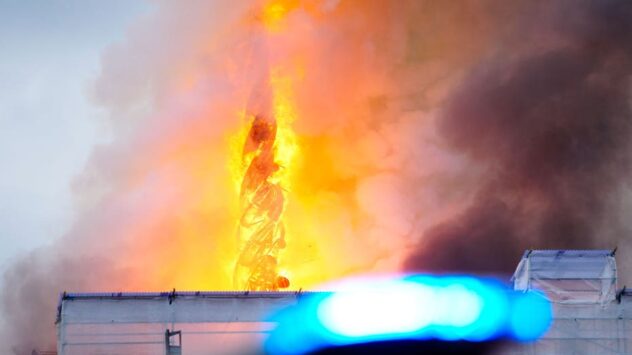Districts eye learning trends for 2021
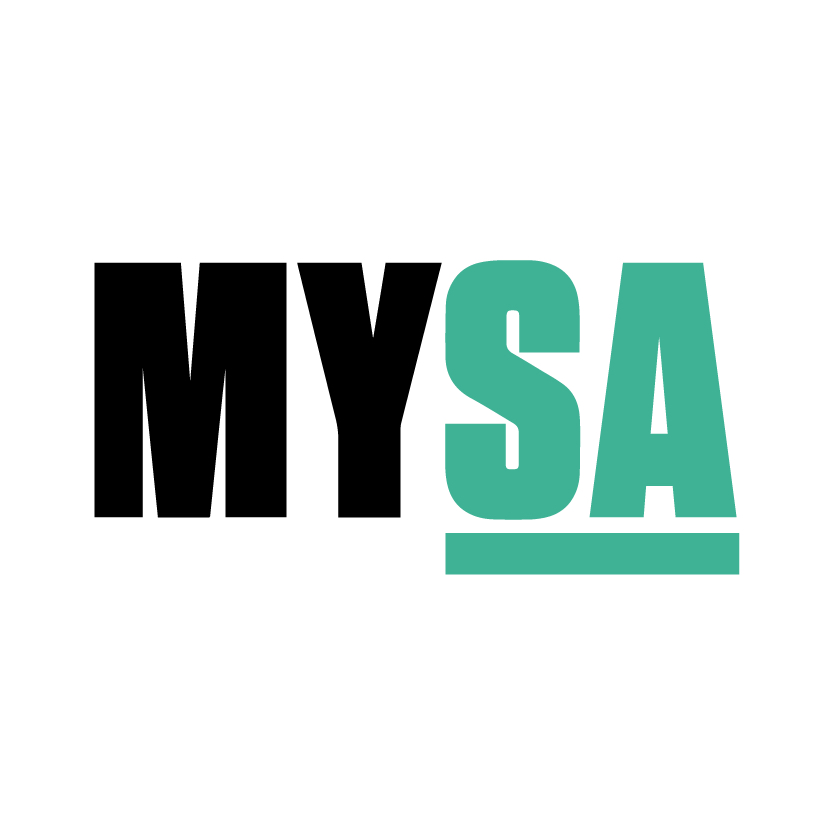
Area schools will jump into their second semesters when they return from Christmas break in January. While the Judson and Schertz-Cibolo-Universal City school districts have forged their way through a semester mixing in-person with virtual “at home” learning, neither district expects drastic changes in its enrollment models.
While both districts have made the necessary adjustments to include the remote learning model, their participatory numbers are dramatically different.
SCUC public information officer Ed Suarez said that the district closed the first semester on Friday with 67 percent of its student body participating through in-person, on-campus instruction. That number is the exact opposite in Judson, where Nicole Taguinod, chief communications officer, said the district had 67 percent of its students learning virtually at semester’s end.
All Texas school districts began the year through virtual learning. On Sept. 8, the first date districts could offer in-person on-campus learning, SCUC reported 53 percent of its enrollment as taking part in in-person instruction on its campuses.
Judson, however, extended a “Safe Haven” concept that kept students in virtual learning through Sept. 28. Exceptions included students who lacked internet connectivity at home; students receiving special education services; students from single-parent or two working parent homes, and childcare was unavailable; and students whose parents are first responders, including law enforcement, fire department, EMS, medical hospital personnel, active duty military.
“We respect the parents’ right to choose an instructional model that meets the needs of the situation that they are in,” Taguinod said. “We will continue to evaluate requests to change on a case-by-case basis. At this time, we expect the percentages to stay the same at the start of the spring semester.”
Suarez said SCUC expects a slight increase in the number of students returning to the classroom from the virtual model.
“The number of students in virtual learning will decline by about 5-6 percent to … around 27 percent,” he said.
SCUC gave parents three opportunities to select an instructional method for the children, prior to the beginning of each grading period. “The most recent deadline to switch or remain in the pathway they have chosen was Dec. 6, to determine where students would start for the beginning of the second semester on Jan. 5,” Suarez said.
Both districts report that the grade level with the most students in virtual learning is high school. But again, the numbers are dramatically different. Suarez said SCUC had about 35 percent of its high school students in virtual learning to close the semester. “Based on data just from this last week,” Taguinod said, virtual learning at Judson’s five high schools — Judson, Wagner, Veterans Memorial, Judson Early College Academy and Judson Learning Academy — “is at approximately 80 percent.”
SCUC Deputy Superintendent Damon Edwards said the district continues to strive to provide quality educational opportunity for its students despite the spread of the COVID-19 pandemic.
“We need to continue to work to help students who need additional assistance through this period,” Edwards said. “We have to be diligent to follow safety protocols to mitigate the spread, properly wearing masks and observing social distance guidelines.
“When we work together, we see a reason for hope and we will make it through,” he added.
Judson’s Cecilia Davis, assistant superintendent of curriculum and instruction, said the district has kept the needs of its students and the community as its number one priority throughout the pandemic.
“In the blink of an eye, our staff pivoted and developed virtual instruction to continue to provide education for all children,” Davis said. “As we reflected on this semester, we realized that this pandemic kindled the creativity, innovation, and collaborative spirit of our educators.”
Judson has added five “Asynchronous Learning Days” to its calendar. Students will be expected to participate in asynchronous lessons remotely on the selected days — Jan. 4 and 5; Feb. 5; March 15; and April 16.
“Our intent,” Taguinod said, “is that these few days provide some additional time for our staff to evaluate and adjust teaching practices and lessons to increase engagement with our students.”
Davis said meeting the varied needs of all its students “requires even more teacher planning to design targeted lessons for both (in-school and virtual) learners.”
“Our district has created these monthly planning and preparation days for teachers to design instruction focused on meeting the individual needs of their on-campus and virtual students,” Davis added.

